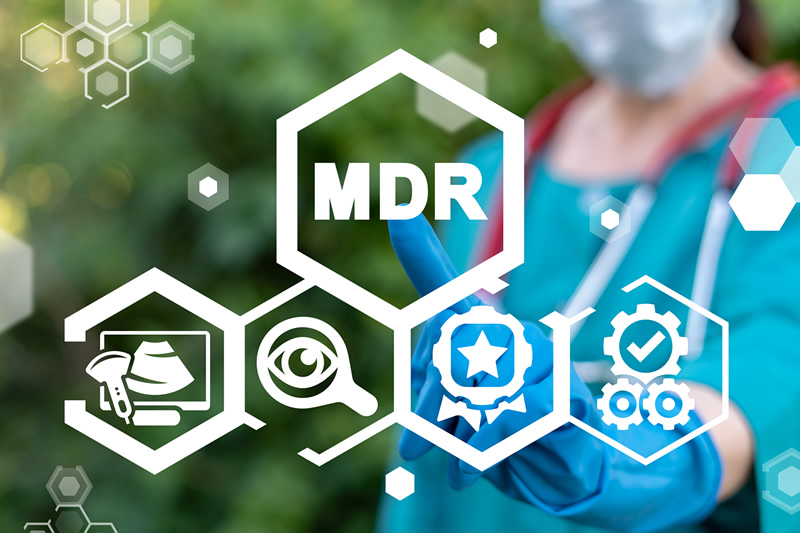What exactly is the EU MDR?
The European Union’s Medical Device Regulation (EU MDR) was a significant update to the regulatory framework for medical devices in the EU, replacing the Medical Devices Directive (MDD) and the Active Implantable Medical Devices Directive (AIMDD). The EU MDR came into full effect on May 26, 2021.
The EU MDR has several implications for the medical device translation industry. Here are a few key points:
- Increased Documentation: The EU MDR requires more extensive documentation, including detailed technical documentation and post-market surveillance reports. All these documents need to be translated into the official language of each EU member state where the device will be sold.
- Enhanced Labeling Requirements: The new regulation also has more stringent requirements for labeling, including the need for a summary of safety and clinical performance. This information must be easily understandable to the average user, necessitating high-quality translation and localization.
- eIFU (Electronic Instructions for Use): The EU MDR allows certain devices to use electronic instructions for use (eIFU) instead of paper ones. This could potentially reduce the translation workload, but the eIFUs must still be translated into the appropriate languages.
- UDI (Unique Device Identification): The EU MDR introduces a UDI system, which requires a UDI-DI (device identifier) and UDI-PI (production identifier). The UDI-DI must be registered in the EUDAMED database in English, but any information intended for the non-English-speaking user must be translated.
- Increased Quality Assurance: The EU MDR emphasizes the importance of quality management systems (QMS), including translation processes. This means that translation providers must have robust QMSs in place to ensure the accuracy and quality of their translations.
Recent update
The EU MDR update in May 2023 extended the transition period for medical devices with certificates issued under the previous directives. This was done to address potential shortages of medical devices due to the slower-than-anticipated transition to the new MDR regulations.
This extension provides some relief for medical device manufacturers, but they still need to work towards full MDR compliance. For the translation industry, this means continuing to translate technical documentation and provide labeling for medical devices according to the new MDR requirements.
U.S.-based translation companies
The EU MDR places the responsibility for the accuracy and compliance of all documentation on the medical device manufacturer. But in practice, translation companies that provide translations of documentation also have an important role to play in verifying that translations support manufacturers’ compliance with the EU MDR.
U.S.-based translation companies must have the appropriate processes and quality management systems in place to deliver translations that meet the EU MDR requirements. This may require specialized medical device translation expertise, knowledge of the specific EU MDR translation guidelines, and quality control procedures tailored for regulatory compliance.
Bottom line
The MDR places particularly stringent requirements on device labeling and instructions for use. Translations need to be accurate, complete, and consistent with the original documentation. Medical device companies will continue to rely on translation service providers that have expertise in regulatory translations for the healthcare sector.
The MDR update has not changed the overall goals of improving patient safety and clinical evidence for medical devices. Translations will still need to meet the high standards for clarity, consistency, and completeness set out in the MDR.
The extension provides more time for medical device companies and translation service providers to prepare for full MDR compliance, but the need remains critical for accurate and compliant translations of technical documentation. Companies will continue to look for translation partners like TrueLanguage with proven experience in medical device translations, knowledge of the new MDR requirements, and the ability to deliver translations that enable medical device companies to achieve MDR compliance.


